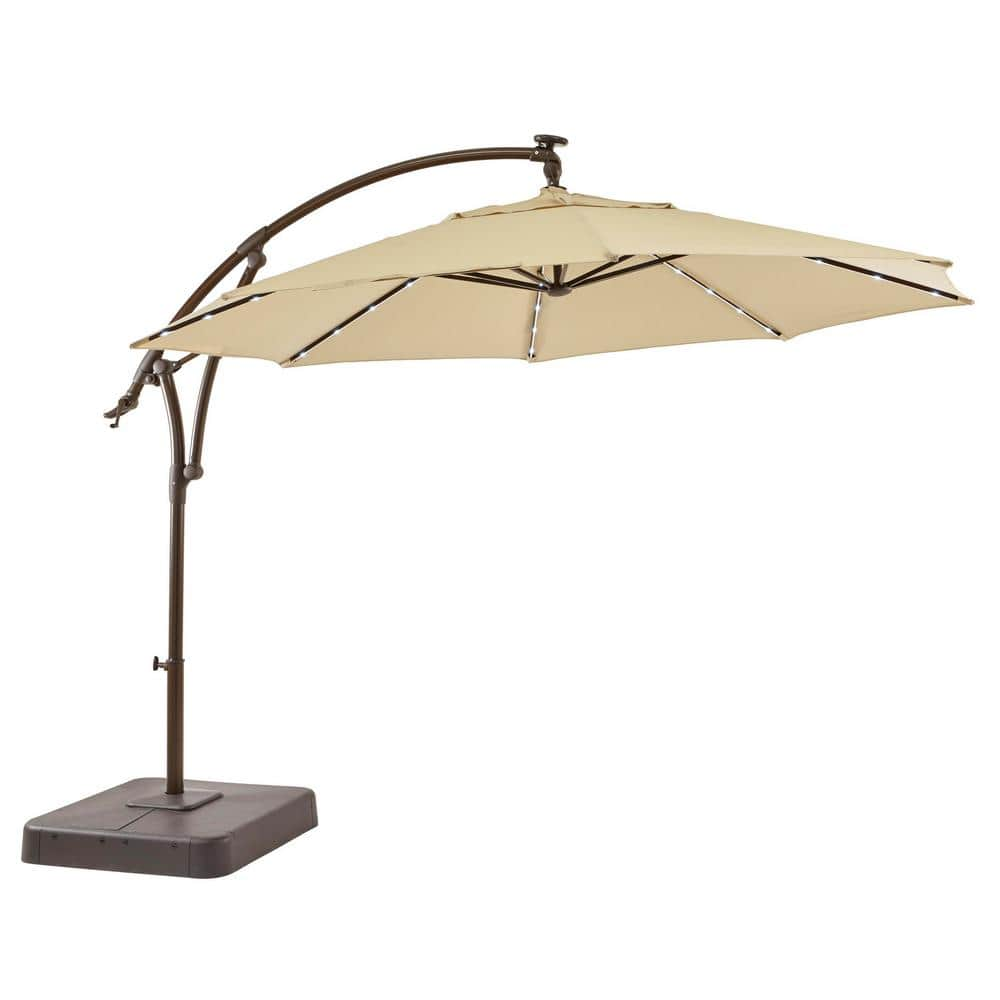ALEKO 7.8-Foot Artificial Pine Christmas Tree – Until Gone
Fresh-cut look that will last a season. Has white tips and decorative cones. Luscious life-like tree decorates your home with holiday cheer. Sculpted tips enhance the tree’s lifelike appearance. Staggered branches create a fuller profile; wrapped construction.
Get into the holiday spirit with this luscious ALEKO Artificial Pine Christmas Tree and decorate your home with holiday cheer. Our premium artificial tree is made out of dense PVC needles, giving it that fresh-cut look that will last all season. The tips are sculpted to enhance the lifelike appearance, and the staggered branches create a fuller profile. No more messy needles, sap, or spilled water. It’s quick and easy to set up and creates a warm holiday environment. The tree is 7.8 feet (2.44 m) tall, has 1,080 pieces of beautiful pine tips with white ends, sprinkled on like snow, and has 75 pine cones. Great for indoor and some outdoor use. Decorate any room in your home or office. Bring joy and warmth into this holiday season for you and your friends and family to enjoy. It comes with a green metal stand. Our trees are of great quality, making them your best choice.
- Fresh-cut look that will last a season
- Has white tips and decorative cones
- Luscious life-like tree decorates your home with holiday cheer
- Sculpted tips enhance the tree’s lifelike appearance
- Staggered branches create a fuller profile; wrapped construction
- 1,080 pieces of pine tips and 75 pine cones make this tree look naturally beautiful
- Fast and easy to assemble, no tools needed
- Comes with a green metal stand
Additional information
| What's in the Box? | ALEKO 7.8-Foot Artificial Pine Christmas Tree |
|---|---|
| Green Metal Stand | 7.8' (H) |
| Material | PVC |
| Warranty | 30 Day Warranty |






Reviews
There are no reviews yet.